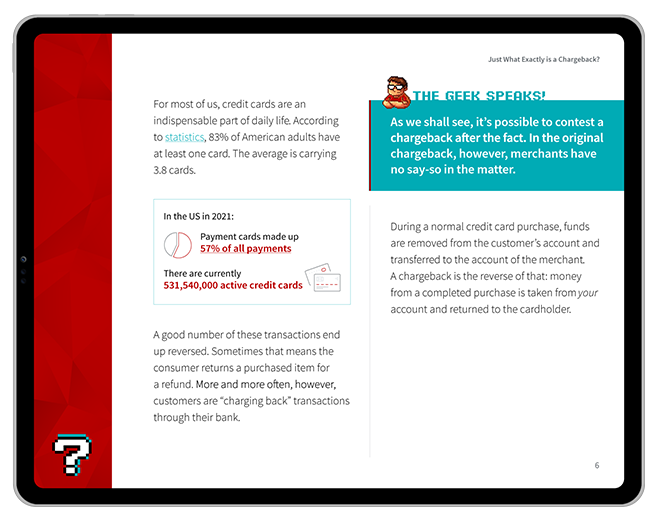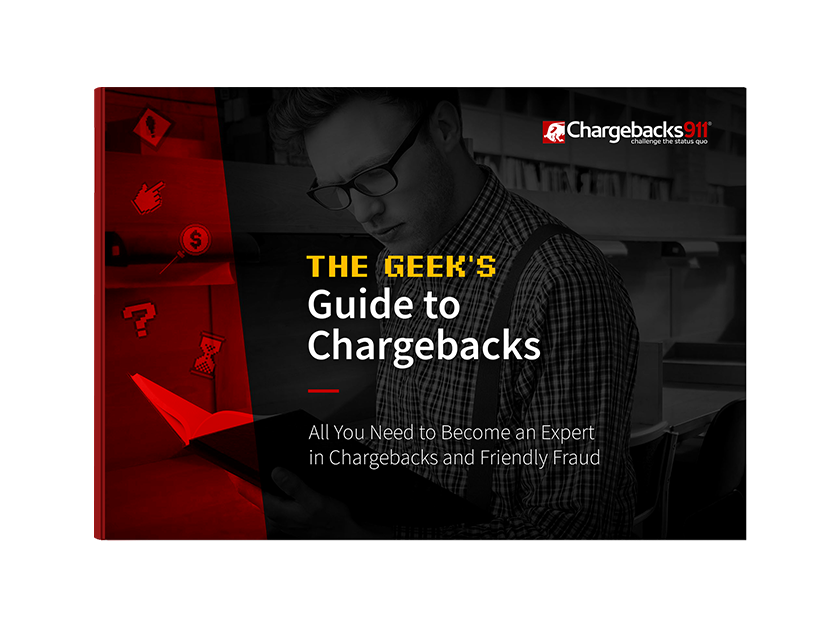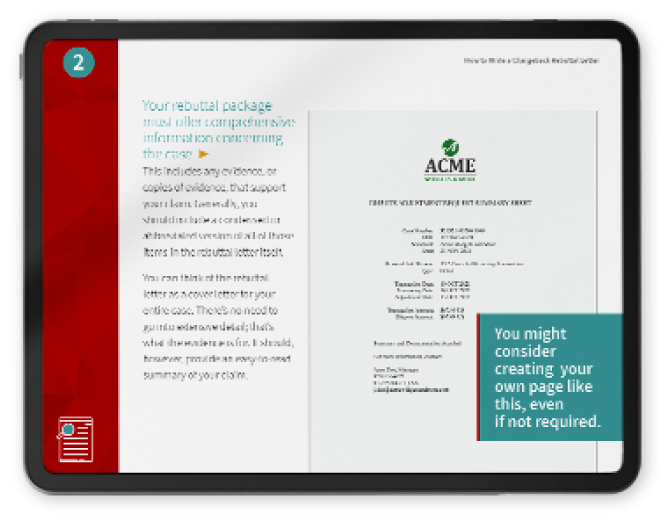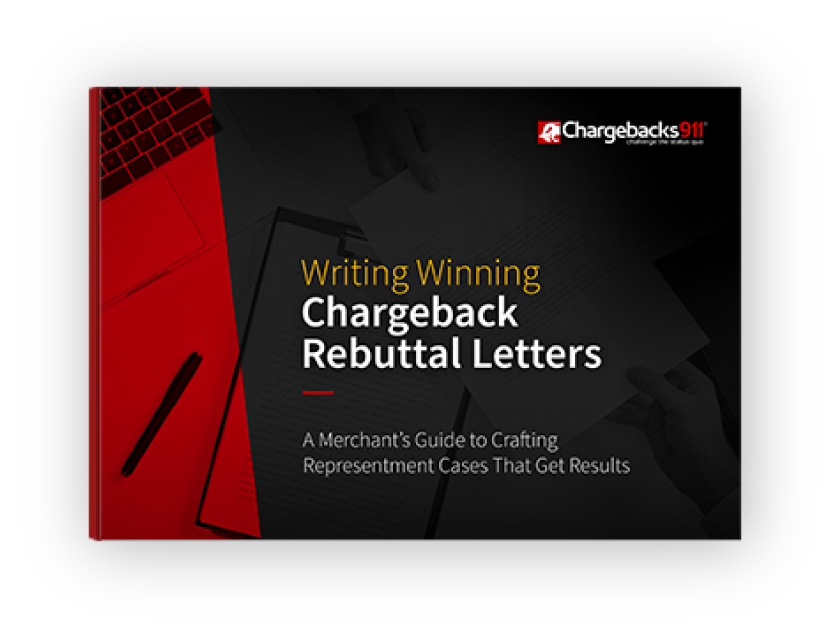Payment Platforms Offer Chargeback Protection, but Merchants May Need More Help
Let’s say someone offered you a quick fix for your business that could virtually eliminate chargebacks. Would you be interested?
A lot of merchants probably would be. Unfortunately, there is no way you can completely insulate yourself from all chargebacks.
The right to dispute a credit card charge is a federal mandate. As long as that consumer protection mechanism is in place, you’ll always be subject to potential disputes. That said, there are plenty of chargeback protection tools and techniques you can use to keep your business safe. You just need to understand the basics of chargeback protection — before and after a transaction, and even those practices to consider after the chargeback is filed.
Recommended reading
- Chargeback Insurance: Choose the Best Protection in 2025
- What are Chargeback Alerts? The Merchant's Guide for 2025
- The Top 30 Chargeback Risk Factors to Eliminate in 2025
- Can You Make a “No Chargeback Agreement” With Buyers?
- Examining AI’s Historic Role in Fighting ‘Friendly Fraud’
- What is a Business Continuity Plan? Tips, Guides & Examples
What Is Chargeback Protection?
- Chargeback Protection
Chargeback protection is any service, procedure, or technology used by merchants to reduce chargeback issuances. This can involve preventing fraudulent chargebacks, mitigating the worst impacts of chargebacks, or conducting research to identify chargeback sources.
[noun]/chahrj • bak • pruh • tek • shuhn/“Chargeback protection,” as we talk about it here, refers to any of the various programs or platforms that insulate your business from the effects of chargebacks. There are three main forms we want to discuss:
| Chargeback Protection Type | What is it? |
| Pre-Transaction Chargeback Prevention | Identifying and stopping fraud and errors before a transaction is authorized. |
| Post-Transaction Chargeback Prevention | Responding to fraud and errors after the transaction but before a dispute is filed. |
| Post-Transaction Chargeback Protection | Dispute representment, pus proprietary programs that assume liability for certain chargebacks. |
You can opt to implement tools that stop fraudulent sales prior to authorization, preempt customer issues prior to a chargeback, or which reimburse you for eligible costs. All these chargeback protection solutions work in collaboration to protect your revenue and your chargeback ratio.
Pre-Transaction Chargeback Protection
Pre-transaction prevention tools let you identify potential fraudulent transactions prior to processing. These are tools that can help you resolve fraud and chargebacks before they happen.
There are three primary categories of pre-transaction chargeback protection we want to discuss: fraud screening, fraud scoring, and merchant best practices.
Post-Transaction Chargeback Protection
Deploying a post-transaction chargeback protection tactic is not ideal. If you’re doing this, it means that a dispute has already been triggered, either by fraud or some merchant error.
In some situations, you may be able to resolve an issue by providing additional information. In others, you’ll need to refund the purchase; in these cases, your chances of getting your merchandise back are low. In either case, however, relying on post-transaction chargeback prevention is still far better than getting hit with a chargeback.
Chargeback Alerts
Chargeback alerts allow you to refund transactions, thereby avoiding chargebacks. Network-affiliated banks will notify you of a pending dispute before a chargeback is filed. You then preempt the chargeback by refunding the cardholder.
Chargeback alerts can lower chargeback issuances up to 20% in a matter of days. The Chargebacks911 Alerts Management Platform combines CDRN notifications, Ethoca Alerts, and other solutions for the most comprehensive coverage.
Learn more about chargeback alertsOrder Insight
Like chargeback alerts, Order Insight allows you to intercept disputes before a chargeback is filed. Unlike alerts, however, automated inquiries offer resolution options beyond just issuing a refund.
If a Visa customer contacts their bank about an unrecognized charge, banks participating in Order Insight can request additional transaction information in real-time. If the new data doesn’t refute the claim, a refund is automatically issued. Either way, potential chargebacks are preempted.
Learn more about Order InsightConsumer Clarity
Consumer Clarity is a dispute resolution platform created by Ethoca, delivering real-time data sharing between participating merchants and cardholders. This two-way communication can help resolve transaction inquiries that would otherwise become chargebacks.
Consumer Clarity is similar to Order Insight. It works with Mastercard transactions, whereas Order Insight is applied to Visa purchases. The goal of both, though, is to resolve a cardholder’s issue without the need for a formal chargeback.
Learn more about Consumer ClarityRapid Dispute Resolution
Visa's Rapid Dispute Resolution (RDR) provides an automated solution that allows you to instantly resolve some disputes before they escalate into chargebacks.
RDR leverages Visa's advanced algorithms to identify transactions eligible for immediate resolution. These decisions are based on predefined rules that you choose to set. If a dispute meets these criteria, RDR automatically issues a refund to the cardholder, preempting the need for a lengthy dispute process.
Learn more about Rapid Dispute ResolutionMastercom Collaboration
Mastercom Collaboration offers merchants and financial institutions a streamlined approach to handling chargebacks and dispute resolutions.
This collaborative effort leverages the Mastercom suite, a set of tools designed to facilitate efficient communication between all parties involved in a dispute. You can access detailed transaction data, submit evidence in response to disputes, and track the status of ongoing cases through an intuitive online platform.
Learn more about Mastercom CollaborationPost-Chargeback Protection
Once a chargeback has been filed, it might seem like the end of the road for the disputed transaction. However, there's an important step you can take to not only recover lost revenue but also to prevent similar chargebacks in the future. This is referred to as chargeback representment.
Learn more about representmentThis process involves disputing a chargeback with evidence to prove that the transaction was legitimate and that the customer's dispute is invalid. Representment helps you:
To maximize the effectiveness representment, you need to develop a strategic, multilayered approach. This includes a timely response to chargeback notices, meticulous record-keeping to quickly gather compelling evidence, and understanding the specific guidelines and requirements for representment set by different card networks.
What About Chargeback Insurance?
Some third-party providers offer “chargeback insurance.” At first glance, it seems this would work like any other insurance. You’ll pay a regular premium and be reimbursed by the insurance company in the event of a chargeback… right?
You must remember that insurance policies vary considerably in their coverage. Chargeback insurance is no different. Every policy will have different requirements, different exclusions, and different price points.
Some will be redundant—overlapping with existing coverage—while others only work with certain processors and gateways. The range and scope of protection will be limited, at best. Chargeback insurance is not inherently bad, but it should never be your first line of defense.
Learn more about chargeback insuranceThe Bottom Line
While chargeback prevention tactics will help in the short term, most do not address the underlying causes of disputes. Unless you can resolve chargebacks at their true source, you’ll end up fighting the same battles over and over.
An effective long-range chargeback management strategy must be flexible enough to identify new trends and techniques, counteract new technology, and adapt on the fly to a constantly shifting landscape.
Chargebacks911® offers the most comprehensive chargeback management services and products available today. No other provider can deliver our level of transparent, end-to-end chargeback management, going beyond prevention to revenue recovery and future growth.
Whatever you need to prevent chargebacks, we can help. Contact us today for a free demo.
FAQs
What is chargeback protection?
Chargeback protection is any service, procedure, or technology used by merchants to reduce chargeback issuances. This can involve preventing fraudulent chargebacks, mitigating the worst impacts of chargebacks, or conducting research to identify chargeback sources.
Is chargeback protection worth it?
Yes. Chargeback protection helps reduce financial losses by preventing fraudulent transactions and resolving disputes efficiently, thereby preserving both revenue and customer relationships.
How can I protect myself from chargebacks?
You can prevent chargebacks by implementing strong fraud detection measures. You should also provide clear, responsive customer service to address disputes promptly, and maintain transparent transaction policies.
What is a chargeback guarantee?
A chargeback guarantee is a service where a third-party provider assumes the risk of chargebacks for a fee, promising to cover the cost if one occurs. It’s also referred to by some as “chargeback insurance.” While this can offer peace of mind, its effectiveness depends on the provider's ability to mitigate disputes and the specific terms of their coverage.















